Cyclin D2 Overexpression Enhances the Efficacy of Human Induced Pluripotent Stem Cell-Derived Cardiomyocytes for Myocardial Repair in a Swine Model of Myocardial Infarction
- PMID: 33951921
- PMCID: PMC8292228
- DOI: 10.1161/CIRCULATIONAHA.120.049497
Cyclin D2 Overexpression Enhances the Efficacy of Human Induced Pluripotent Stem Cell-Derived Cardiomyocytes for Myocardial Repair in a Swine Model of Myocardial Infarction
Abstract
Background: Human induced pluripotent stem cells with normal (wild-type) or upregulated (overexpressed) levels of CCND2 (cyclin D2) expression were differentiated into cardiomyocytes (CCND2WTCMs or CCND2OECMs, respectively) and injected into infarcted pig hearts.
Methods: Acute myocardial infarction was induced by a 60-minute occlusion of the left anterior descending coronary artery. Immediately after reperfusion, CCND2WTCMs or CCND2OECMs (3×107 cells each) or an equivalent volume of the delivery vehicle was injected around the infarct border zone area.
Results: The number of the engrafted CCND2OECMs exceeded that of the engrafted CCND2WTCMs from 6- to 8-fold, rising from 1 week to 4 weeks after implantation. In contrast to the treatment with the CCND2WTCMs or the delivery vehicle, the administration of CCND2OECM was associated with significantly improved left ventricular function, as revealed by magnetic resonance imaging. This correlated with reduction of infarct size, fibrosis, ventricular hypertrophy, and cardiomyocyte apoptosis, and increase of vascular density and arterial density, as per histologic analysis of the treated hearts. Expression of cell proliferation markers (eg, Ki67, phosphorylated histone 3, and Aurora B kinase) was also significantly upregulated in the recipient cardiomyocytes from the CCND2OECM-treated than from the CCND2WTCM-treated pigs. The cell proliferation rate and the hypoxia tolerance measured in cultured human induced pluripotent stem cell cardiomyocytes were significantly greater after treatment with exosomes isolated from the CCND2OECMs (CCND2OEExos) than from the CCND2WTCMs (CCND2WTExos). As demonstrated by our study, CCND2OEExos can also promote the proliferation activity of postnatal rat and adult mouse cardiomyocytes. A bulk miRNA sequencing analysis of CCND2OEExos versus CCND2WTExos identified 206 and 91 miRNAs that were significantly upregulated and downregulated, respectively. Gene ontology enrichment analysis identified significant differences in the expression profiles of miRNAs from various functional categories and pathways, including miRNAs implicated in cell-cycle checkpoints (G2/M and G1/S transitions), or the mechanism of cytokinesis.
Conclusions: We demonstrated that enhanced potency of CCND2OECMs promoted myocyte proliferation in both grafts and recipient tissue in a large mammal acute myocardial infarction model. These results suggest that CCND2OECMs transplantation may be a potential therapeutic strategy for the repair of infarcted hearts.
Keywords: cyclin D2; induced pluripotent stem cells; muscle cells; myocardial infarction.
Conflict of interest statement
Conflict of Interest Disclosures:
None.
Figures
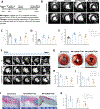
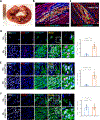
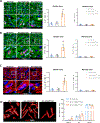

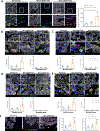
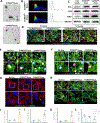
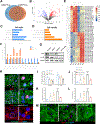
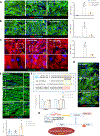
References
-
- Quevedo HC, Hatzistergos KE, Oskouei BN, Feigenbaum GS, Rodriguez JE, Valdes D, Pattany PM, Zambrano JP, Hu Q, McNiece I, Heldman AW and Hare JM. Allogeneic mesenchymal stem cells restore cardiac function in chronic ischemic cardiomyopathy via trilineage differentiating capacity. Proc Natl Acad Sci U S A. 2009;106:14022–7. - PMC - PubMed
Publication types
MeSH terms
Substances
Grants and funding
LinkOut - more resources
Full Text Sources
Other Literature Sources
Medical
Molecular Biology Databases
Research Materials

